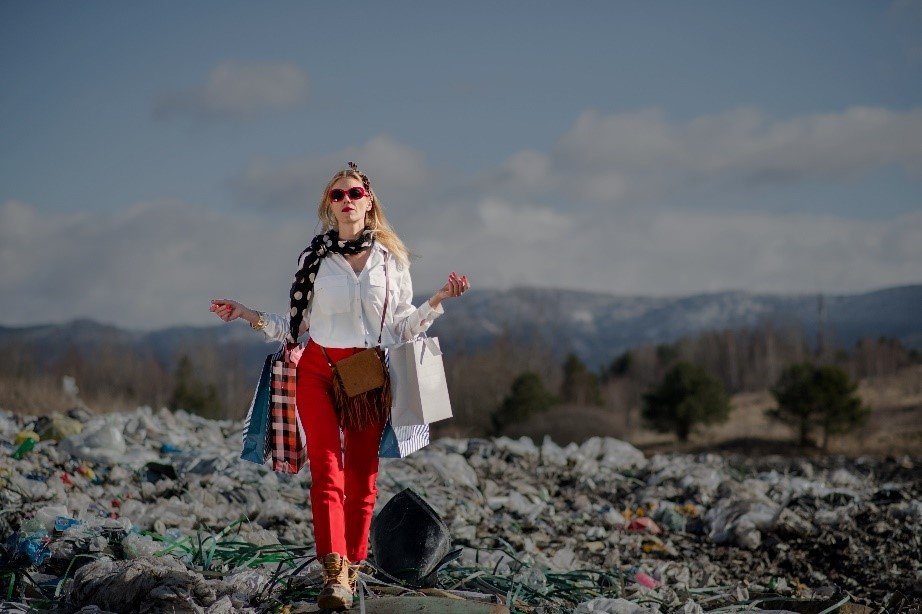Picture a desert, not of sand and stone Chile’s Atacama. But of clothing—a fabric sea stretching as far as the eye can see. This is the reality of Chile’s Atacama desert, a once pristine landscape now marred by the detritus of global consumerism.
A Desert Transformed
As the International Day Chile’s Atacama of Zero Waste approaches, this clothing graveyard stands as a stark. Silent testament to the urgent need for a global shift in how we view and manage our waste. Let’s explore this poignant symbol of excess and the lessons it holds.
The Atacama’s Unwanted Wardrobe
Firstly, let’s consider the scale of this issue. The Atacama desert has unwittingly become one of the world’s largest unofficial dumpsites for clothing—a graveyard for fashion’s forgotten.
It’s a scene that juxtaposes the transient nature of trends with the enduring impact of waste. This vast collection of discarded garments, many of which have never been worn. Sheds light on the dark side of the apparel industry and our consumption patterns.
Zero Waste: A Call to Action
The International Day of Zero Waste is not just a date on the calendar. It’s a call to action, a moment for reflection and recalibration of our collective habits. The Chile’s Atacama clothing graveyard serves as a powerful visual cue for this initiative.
Urging us to consider the lifecycle of our possessions and the footprint we leave behind. It’s a day that challenges us to think beyond the bin, to reduce, reuse, and rethink our approach to consumption.
The Global Ripple Effect Chile’s Atacama
The implications of this waste crisis ripple outwards, affecting ecosystems, economies, and communities. The environmental cost of producing, transporting, and disposing of these garments is staggering, contributing to pollution.
Resource depletion, and the degradation of natural landscapes like the Atacama. On the International Day of Zero Waste, this clothing graveyard reminds us. Of the interconnectedness of our actions and the global impact of our choices.
Towards a Sustainable Future
Looking forward, the situation in the Atacama desert underscores the necessity of sustainable practices. It highlights the role of individuals, businesses, and governments in fostering a culture of responsibility and innovation.
From adopting circular economy principles to supporting sustainable brands and policies. There are myriad ways we can contribute to a future where waste is not just managed but minimized.
A Desert’s Lesson
In conclusion, Chile’s Atacama desert, with its mountains of unwanted clothing. Offers a profound lesson this International Day of Zero Waste.
It beckons us to confront the realities of our consumption and waste, to embrace change. And to forge pathways towards sustainability. As we reflect on the clothing graveyard’s silent message, let us commit to actions that honor our planet. Ensuring that such scenes become relics of the past rather than predictions of the future.
Inspired by France24News and read more articles here or read previous articles here.
